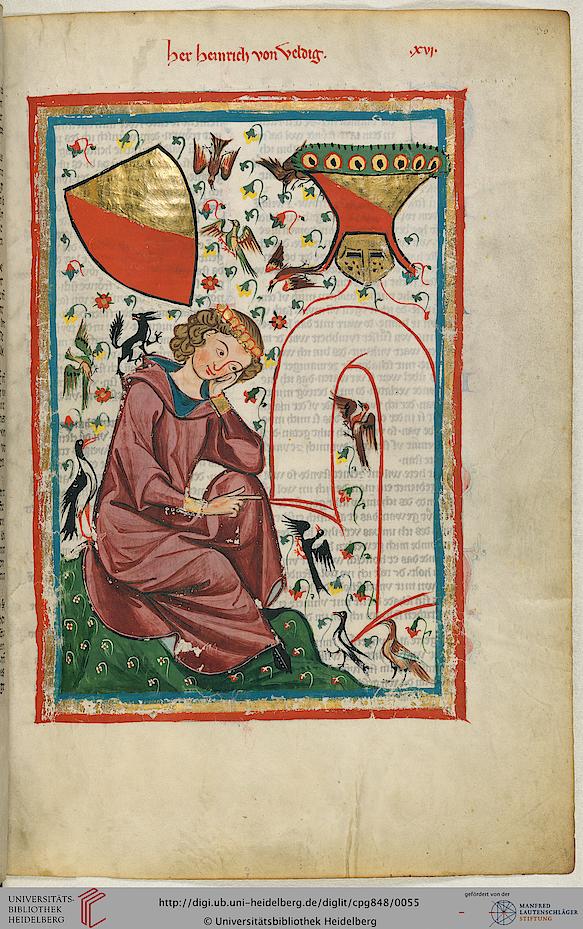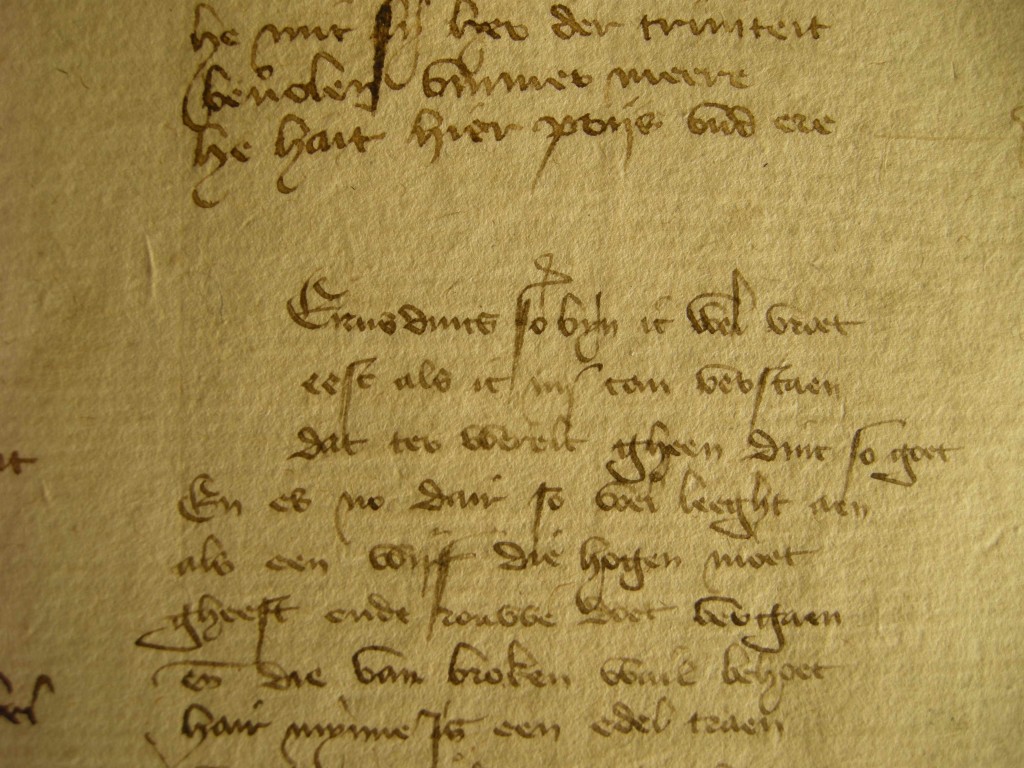Throughout the Middle Ages, wealthy and powerful patrons commissioned the creation of literary works. Without alternative sources of income – such as stipends or artists’ pensions – most poets were rarely rich enough to survive without the support of a benefactor.
However, the connection between an artist and his Maecenas (a patron of literature or art) was not simply one-way. Their relationship could even be described as symbiotic.
Poets rarely missed the opportunity to acknowledge their patron’s support. Indeed, why would you wish to bite the hand that feeds you?! This acknowledgement frequently took the form of lengthy passages in praise of their benefactor’s virtues at the beginning or end of their text.
As a consequence, patrons had a keen interest to promote artists. In a world without mass media or other means of advertisement, a poet’s praise was invaluable to a sovereign or ambitious aristocrat. Hence, the list of patrons mentioned in literary works is long (take a glimpse at this index of patrons and dedicatees associated with a range of medieval texts [in French]).

Author portrait of Heinrich von Veldeke.
Heidelberg, UB, Cpg 848 (1300–1340), f. 30r.
Roproduction by courtesy of UB Heidelberg, http://digi.ub.uni-heidelberg.de/diglit/cpg848/0055
There is a very famous example of the importance of patronage in the Middle Ages, which simultaneously represents an intriguing medieval tale of theft! Twelfth-century German poet Heinrich von Veldeke informs us of this anecdote at the end of his ‘Eneasroman’ (‘Romance of Aeneas’). By 1174, Heinrich had been working on the romance for a considerable amount of time and had completed about 80% of it. Around this time, he attended the wedding of Countess Margarete and Landgrave Ludwig von Thuringia. The Countess (who was probably Heinrich’s patroness) was in possession of the original manuscript when it was stolen. The book was eventually returned to Heinrich nine years later by Hermann von Thuringia, who had somehow acquired the codex. Consequently, Hermann became his new patron and Heinrich was finally able to complete the romance. The poet’s two patrons thus played a role in the theft, recovery and completion of the romance.


